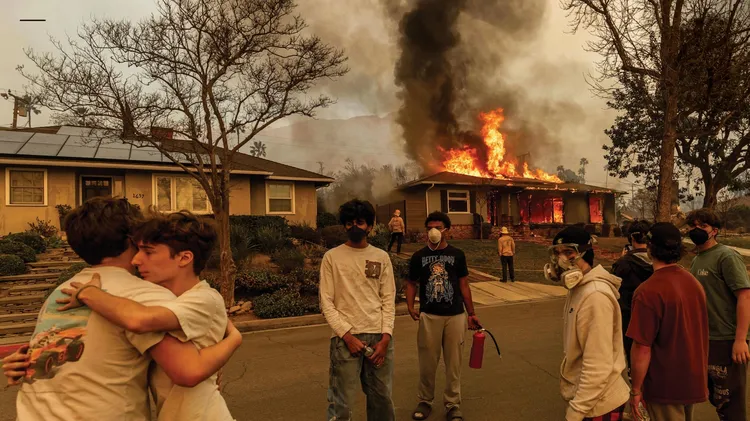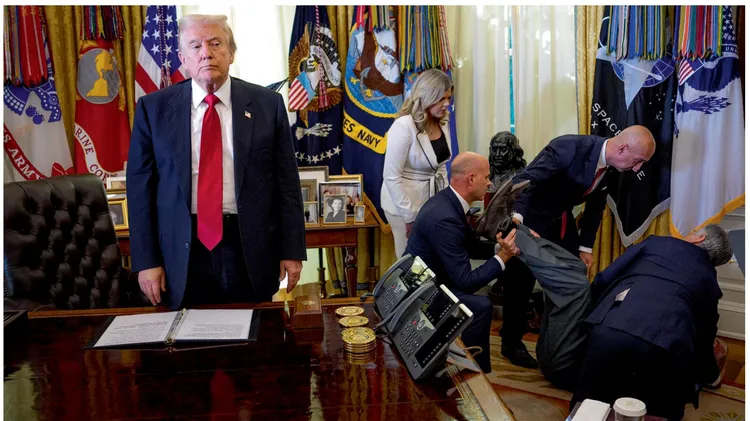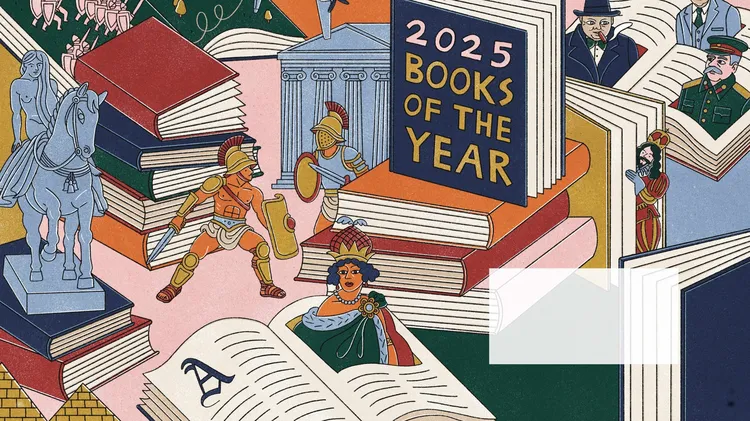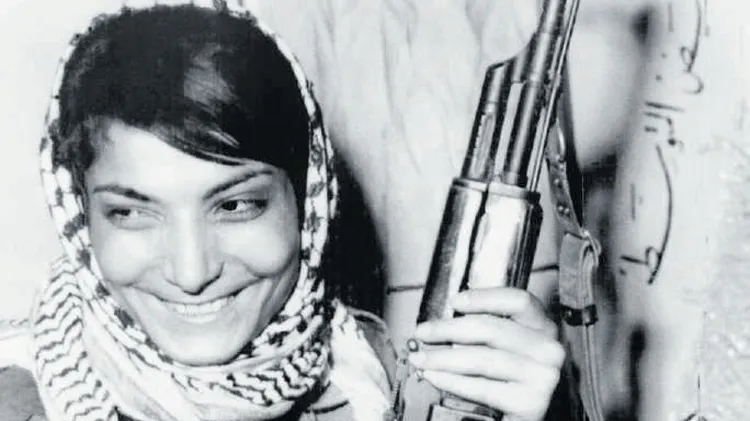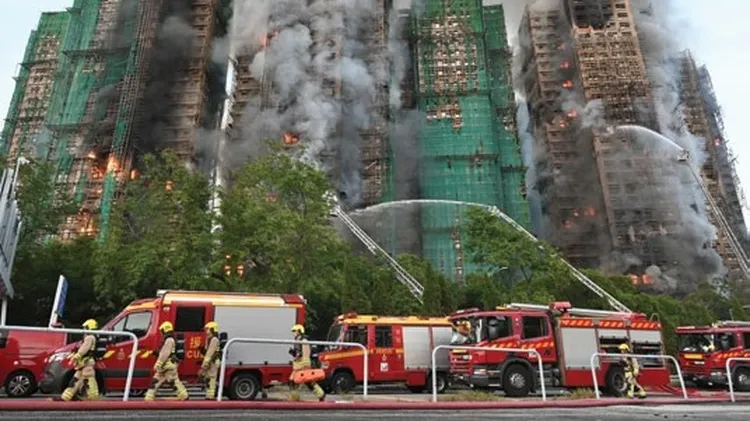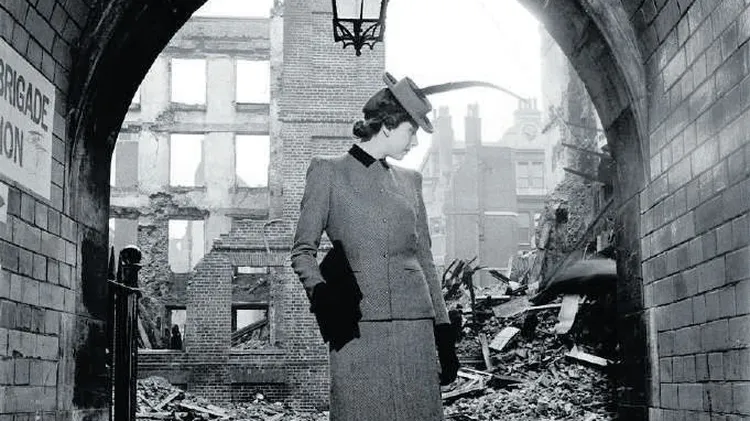The conflict in Yemen is often called ‘the forgotten war’. Egyp
Shooting the invisible war
1 min read
This article is from...
Read this article and 8000+ more magazines and newspapers on Readly

